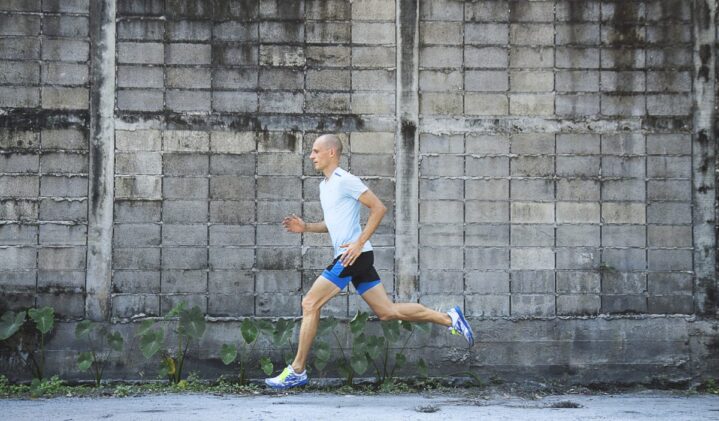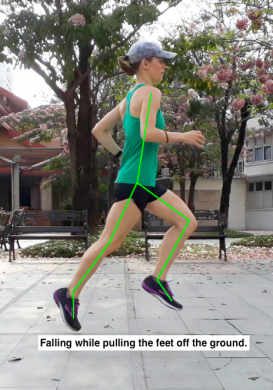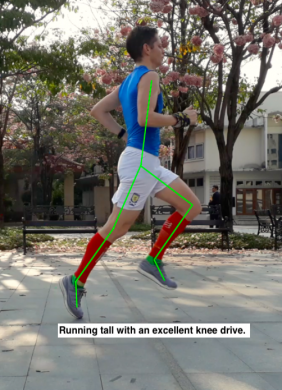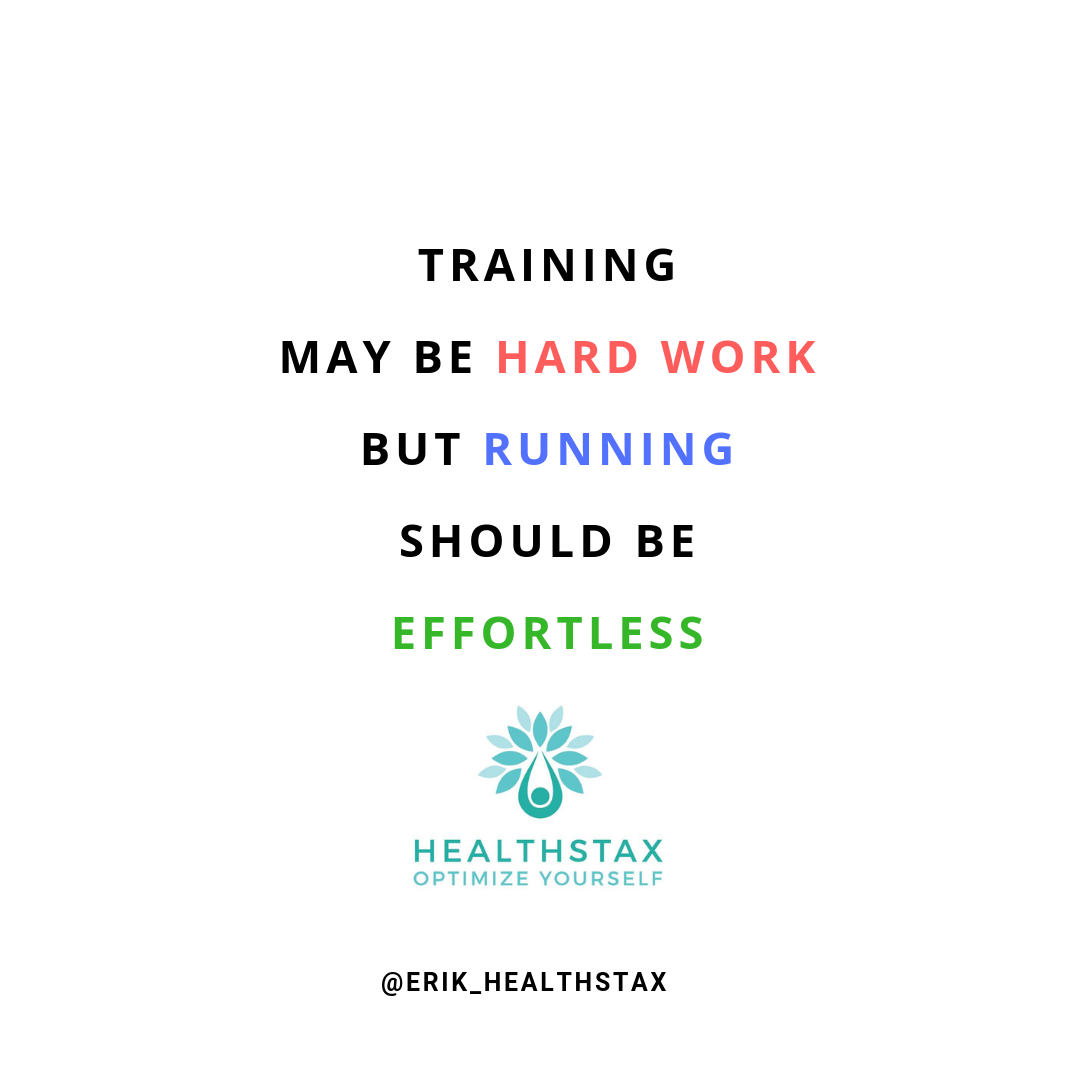
Effortless running
2,215… That is the amount of kilometres from Thailand’s most southern border town Betong, Yala to its most northern border crossing at Chiang Rai by road. It is also the title of an amazing documentary on Netflix about Thailand’s most famous rockstar-turned-runner, Pii Toon Bodyslam. If you want to get an insight as to why running has become so popular in Thailand, watch this documentary. You can now throw a dart at the calendar and be virtually guaranteed that there is a race on somewhere in Thailand on that day. 5k fun runs, 10 milers, (Half) Marathons, and a fair amount of Ultra Marathons (50k+) are being organised throughout the year.
Whether you prefer road or trail, there is bound to be something out there for you to join. If you are looking for a companion to run with, just go stand in the middle of Lumpini Park on a Sunday morning and be amazed at the sheer amount of runners doing their laps. It is truly an amazing sight to watch or better yet, to be part of! You will see young and old, fast and recreational and – the topic of this article – effortless runners and strugglers. The stats do not look promising…One observation I constantly see around me is that many people voluntarily put themselves through a world of unpleasantness. Sheer willpower gets them out on their run but their faces clearly display the discomfort they are in.

Not from a tough workout but from the simple act of running itself. Worldwide, the statistics show a staggering injury rate amongst runners. Running, recreationally or competitively, ranks among the highest injury rate per participant in the sport(1). You have about a 70% chance of getting injured in your first year of training for a marathon (2). Roughly half of the recreational runners suffers injury from training and the vast majority are overuse injuries (75%). The sheer volume of movement repetitions – of the steps you take – will find the weakness in your body and cause injury. Making sure you run with good form and technique can make the difference between the successful completion of your goal race or becoming a statistic.What then, do the effortless runners do, in order to keep their run light and their training injury free? The answer is that they relearn how to run before they run longer and faster.
Form first, volume second, load third

To all of my clients on my coaching plans, ‘form first’ is non-negotiable. One cannot complete a training plan when injured. So the plans start with a so called ‘gait analysis’. A breakdown of how the current running form looks like and what running drills need to be done to iron out any flaws in the gait cycle of running. Runners need form drills like Lionel Messi needs to practice his passing skills. Yes, he has done it millions and millions of times but don’t think Messi can start training without working on his fundamentals. After a gait analysis, you know your weaknesses, misalignments and errors in your running form. Picking the right drills to transform your running is key in the early stages of getting started with a plan. Once your form is close to your biomechanical optimum, you can start adding volume to your workouts. Training runs can start to be longer and closer to the goal distance of your race. Thirdly, you can start to play around with running at different speeds to make sure your race pace picks up. Sounds simple, right?


So what does an effortless runner look like?

Knowing that everybody – and every body – is slightly different, we all have other areas to work on. However, all effortless runners share the same commonalities. They are all basically falling in a controlled manner. To prevent them from face planting on the tarmac, they will be pulling their feet off the ground and driving their knees forward before actively bringing their feet down again to strike close to or underneath their centre of mass. I love to use the phrase: “Running is falling and pulling” because it mentally takes you away from the idea that you have to push against gravity to move
Secondly, an effortless runner is a tall runner, looking up ahead instead of the ground opening up the chest to breathe in air. Then add a high cadence (turnover of your feet) and minimal ground contact time and you are getting close to being an effortless runner. Once you have these elements in place, you can start adding your volume to your workouts and a smile on your face when you go out for your run!
Erik specialises in transforming joggers into effortless runners. If you are interested in his services, join one of his monthly workshops or contact Erik through RunningwithErik.com for a gait analysis and/or training plan. You can subscribe to his Youtube account (Erik Bohm) for all the corrective drills and tips and tricks.
Happy training!
- R N van Gent et al., 2007, J. of Sports Medicine, Incidence and determinants of lower extremity running injuries in long distance runners: a systematic review
- Mechelen van, W., 1992, J. of Sports Medicine, Running injuries. A review of the epidemiological literature
Foto: driving knees, Toon.



